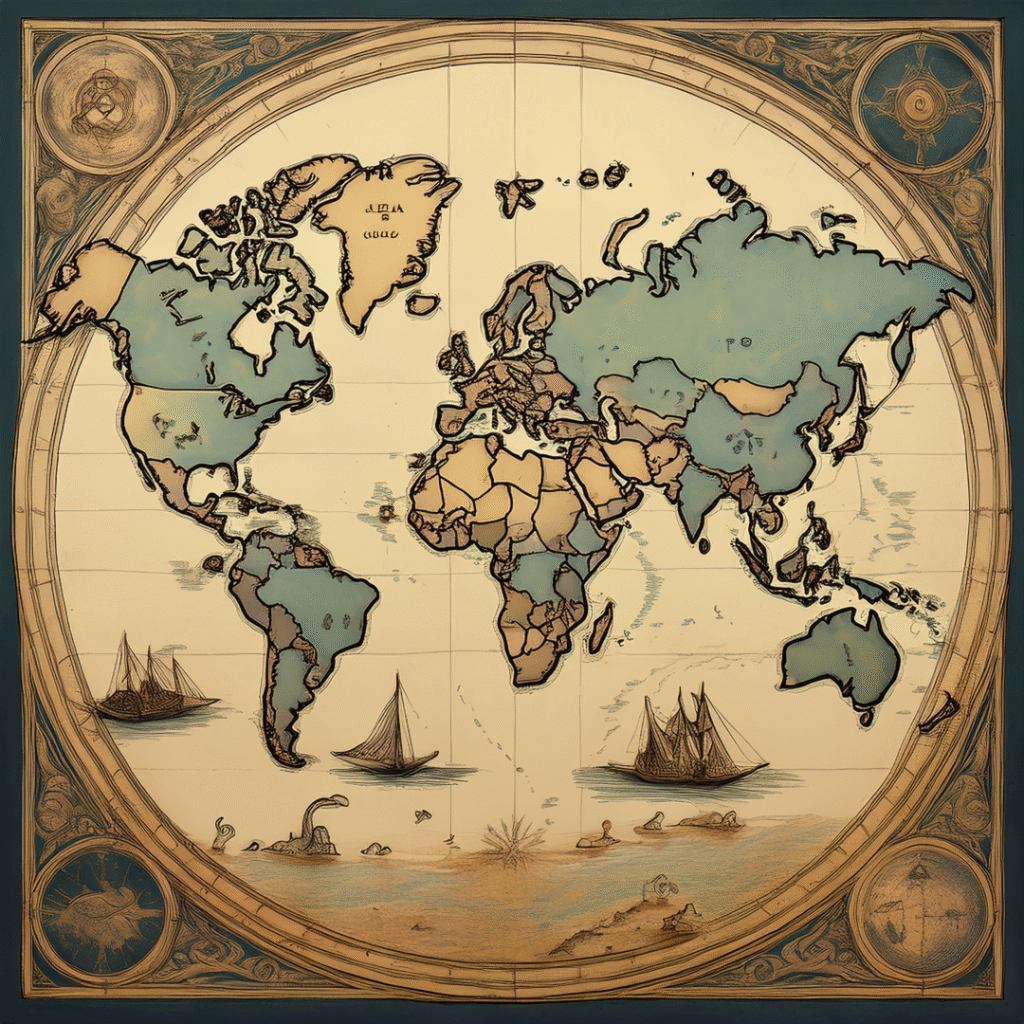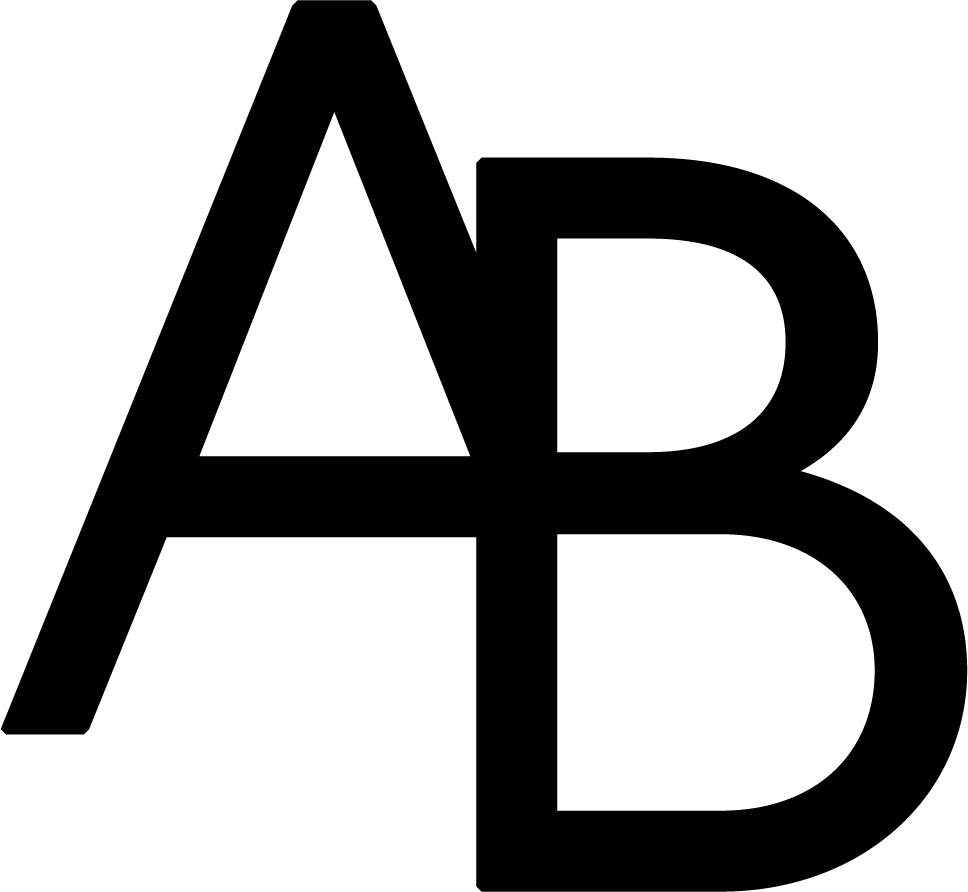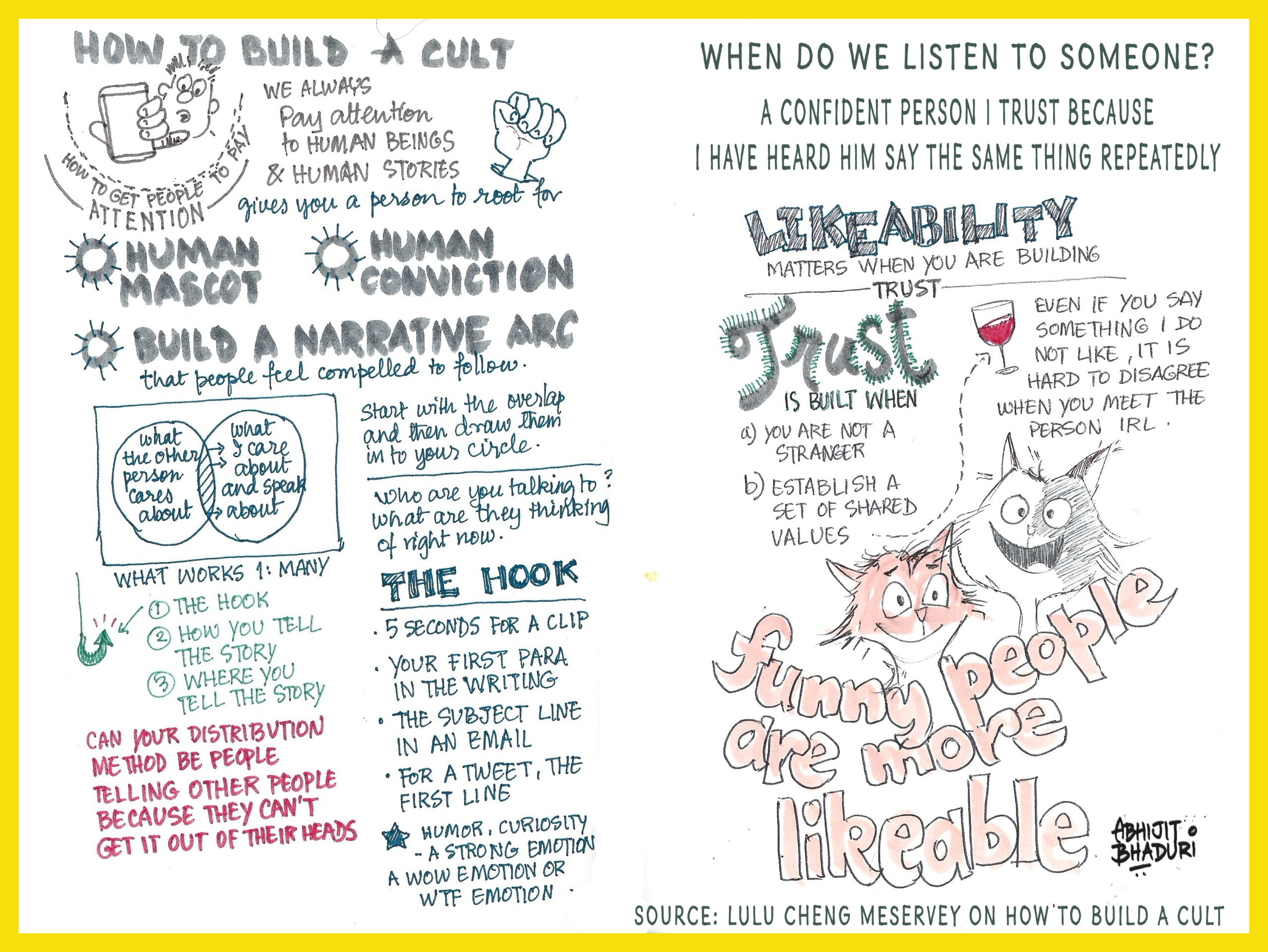Companies die—quietly, in their sleep. Because skills age like milk, not wine.

When medieval European mapmakers encountered blank spaces on their maps – areas they knew existed but had little concrete knowledge about – they would often populate these unknown regions with drawings of fantastical beasts, sea monsters to show the area remained to be explored.

When organizations encounter territories they don’t understand—whether it’s customer behavior in new markets, the impact of emerging technologies, or the true drivers of employee engagement—they tend to fill these voids with familiar frameworks and conventional wisdom rather than acknowledging uncertainty. This false confidence in imaginary knowledge can be more dangerous than honest ignorance, as it prevents companies from doing the hard work of genuine exploration and discovery that would actually illuminate these unknown territories.
The most successful organizations learn to resist this impulse, instead marking their knowledge gaps clearly and investing in the patient, systematic exploration needed to map their business terrain accurately.
The CEO of UpGrad Srikanth Iyengar and I chatted about the skilling strategy for the current times we live in.
Is Your Learning Function a Map or Just a Compass?
A Chief Learning Officer (CLO for short) is the map maker who sees the terrain ahead, redraws the map in real time, and helps your people find paths no one else has walked. Training helps you navigate today. A CLO helps you survive tomorrow.
What World Is Your Learning Strategy Built For?
The world has shifted under our feet:
AI is already sitting in your office, making half your workforce wonder if they’ll be relevant next year. The winners will be the ones who teach people to partner with machines, not resist them.
Your best people are not only hunting for pay raises. They’re hunting for growth. If they don’t see a future inside your company, they’ll make one outside of it.
And complexity has collapsed the walls between functions. Finance can’t pretend marketing doesn’t exist. Operations can’t ignore technology. It is world where we need multidisciplinary thinkers.
Your training department wasn’t designed for this world. It was built for a world that no longer exists.
Why Doesn’t Every Company Have a CLO?
Some firms are simply too small—for now. If you’ve got 50 people, a C-suite learning role might not make sense. But if you’re planning to scale, put it on the roadmap.
Some leaders don’t see the difference. They confuse training with transformation. That’s like confusing a bicycle and a motorcycle because both have wheels. The power gap is massive.
And yes, some leaders get spooked by the price tag. A great CLO costs a lot. But the real cost is invisible: the revenue you miss, the talent you lose, the opportunities that slip through your fingers.

How Do You Know It’s Time?
You need a CLO when digital transformation is not just an initiative but a bet-the-company moment. Here are questions my clients have asked me.
Can’t AI Do This Job Instead?
AI is a brilliant assistant—it can personalize training, crunch data, and deliver content at scale. But it can’t decide who to develop, which capabilities you’ll need next year, or why those choices matter.
The CLO can work with a team that can leverage AI. To influence the culture, you need humans. The CLO needs to influence and persuade the CXOs and the rest of the organization. Today we need to build the skills at speed and scale.
For example using “failure stories” – not case studies of successful sales to build consultative selling skills.
Consultative selling improves dramatically when people understand the gaps between what they thought they heard and what the client actually needed. These post-mortem conversations—conducted months later when emotions have cooled—reveal the difference between surface-level pain points and deeper systemic issues that salespeople missed during the original process.
Fractional or Full-Time: Which One’s for You?
Fractional CLOs are perfect if you’re midsized (500–2,000 employees), in transition, or want C-level thinking without the full-time cost. They build foundations, design roadmaps, and guide pivots.
Full-time CLOs make sense if you’re large, global, or complex; if the cost of being behind is measured in millions, not thousands; or if you’re in an industry where continuous capability building is survival, not strategy.
What Makes a CLO Worth It?
Look for someone who speaks two languages:
(i) How adults learning science and
(ii) Using creative learning styles to impact business strategy.
That means someone who builds experiences, not just buys programs. Someone who can challenge culture and has the vision to reshape it.
What Does Success Look Like?
Here are some measures I like
Cross-functional project success rates and speed – Measure how quickly teams from different departments collaborate effectively on new initiatives.
Internal mobility vs. external hiring ratios for senior roles – Track what percentage of leadership positions are filled internally versus through external recruiting.
Recovery time from failed initiatives – Track how quickly teams bounce back from setbacks and apply lessons to new projects.
What Should You Do Next?
Ask yourself: is your learning function building competitive advantage or just checking compliance boxes? Are you preparing for tomorrow or clinging to yesterday?
Then choose. Fractional CLO to build the base. Full-time CLO to drive transformation.
The future belongs to those who learn faster than the world changes. Everyone else is just waiting to be overtaken.



